This content has been archived. It may no longer be relevant
The world of wine is far older than the oldest vine alive today.
There is a priceless inheritance in the art and science of vine growing and winemaking that directly connects people with hundreds of generations of those who have worked the soil and brought joy from its fruits.
In Australia, we are inevitably described as ‘new world’ compared to those places which have been making wine since antiquity. We have no equivalent for estates such as the Chateau de Goulaine in the Loire, which has been making wine for over a thousand years.
Image courtesy of Ballandean Estate.
Yet, we are not without our own legacy and our own history. Australia is blessed with a stock of historic wine estates which have continued since the 19th Century. Many are little known and most have amazing stories accumulated over generations as hopeful vignerons and winemakers have plied their trade. In the following list of 42 such estates there is a legacy of over 6000 summers.
It is remarkable that so many of these historic estates are still in family hands, and many estates boast four, five, six and even seven generations working the soil. The oldest will soon celebrate its bicentenary and each and every story is punctuated with ambition, hope and the dual search for a better life and great wine. Perhaps those two things are synonyms.
Chateau Tanunda circa 1900. Image courtesy of Chateau Tanunda.
From the story of the estate purchased with the proceeds of a prize-winning racehorse, to the estate founded to keep a pie-cart jacking troublesome law graduate busy, to the estate that created the wine cask or harnessed the natural richness of the flooding of our rivers, the rich tradition of Australian winemaking deserves to be a little better known.
We have great expectations for a priceless inheritance.
Image courtesy of Morris Wines.
Victoria
Chambers Rosewood (1858), Rutherglen – sixth generation winemaking family following William Chambers and his son Phillip. Victoria’s oldest continuing wine estate.
Morris (1859), Rutherglen – George Francis Morris established the estate at Fairfield and by 1885 the estate was 200 acres and the largest wine producer in the southern hemisphere. George’s son Charles sold the prize-winning racehorse, Fairfield, to establish the new vineyard at Mia Mia in 1897. Due to the devastation of phylloxera, the original Fairfield estate was sold, and winemaking was centralised at Mia Mia. In 1970 the family business was sold to Pernod Ricard with the Morris family staying on as winemakers and managers. In 2016 Pernod announced Morris would close and end 157 years of winemaking by the six generations of the Morris family. Casella Family Brands stepped into the breach and bought the estate and kept the Morris family making their award-winning wines. In 2003 alone, Morris won 80 gold medals.
Image courtesy of Campbells of Rutherglen.
Jones Winery & Vineyard (1860), Rutherglen – sixth generation winemaking family.
Tahbilk (1860), Nagambie Lakes – Purbrick family fifth generation winemakers. Tahbilk has the largest planting and some of the oldest Marsanne vines in the world. Originally established as a company by public share subscription, it came into the hands of the Purbrick family in 1931.
Goona Warra Vineyard (1863), Sunbury – established by James Goodall Francis, merchant, member for Richmond and Premier of Victoria in 1872-1874, Francis established the vineyard on bespoke stone terracing and named it meaning ‘place of resting black swans’ in the local First Nations language. The Francis Government was notable for introducing free, secular and compulsory primary education to Victoria. Falling into neglect, the vineyard lay dormant for a long time until it was purchased and saved by Melbourne Corrs equity partner John Barnier and his wife, who relaunched the brand in 1986. The story is retold in the LIV Law Institute Journal February 2017 edition.
Yerringberg (1863), Yarra Valley – founded by Swiss Baron Frederic Guillame de Pury, the wines won international attention and recognition until 1921 when that part of the mixed farming property was abandoned. The Baron’s grandson, Guill, reinstated the vineyard in its original site and the de Pury family are now fourth generation winemakers.
Image courtesy of Baileys of Glenrowan.
All Saints Estate (1864), Rutherglen – established by Scottish railway engineers and emigrees George Sutherland Smith and John Banks, who used their skills to build the handmade brick All Saints Castle based on the Castle of Mey in their home Caithness. The estate won the first gold medal for an Australian wine in 1873 at the London International Exhibition. Today it is owned independently by members of the Brown family from Brown Brothers.
Stanton & Killeen Wines (1864), Rutherglen – Stanton family seventh generation winemakers with the Killeens joining in the 1950s.
Best’s Wines (1866), Great Western – Thomson family fifth generation winemakers and oldest pinot meunier vines in the world (1868).
The Red Gum Press at Bleasdale Vineyards (photo: John Montesi).
Baileys of Glenrowan (1870), Glenrowan – established by Varley Bailey as Baileys Bundarra Vineyard. Savaged by phylloxera and replanted and passed out of family ownership in 1972. Purchased by Casella Family Brands (of Yellowtail fame) in 2017.
Campbells (1870), King Valley – fifth generation winemaking family following John Campbell, who came to Australia from St Andrews in Scotland on the Merchant Prince to strike gold but left the goldfields to make gold in the winery. Merchant Prince becomes the name of their premium rare Muscat.
Brown Brothers (1889), King Valley – four generations of family winemakers on estate established by John Francis Brown. Brown Brothers launched Moscato on the Australian mainstream market in 1996.
Taminick Cellars (1904), Glenrowan – Booth family fourth generation winemakers following Esca Booth, who built the stone cellar.
Chateau Tanunda hosts a visit by the British Dominions Royal Commissioner in 1912. Image courtesy of Chateau Tanunda.
South Australia
Chateau Reynella (1838), McLaren Vale – established by John Reynell using vine cuttings from William Macarthur in New South Wales, Reynell laid out a township in 1854 in his name which exists to this day. Purchased by Hardys in 1982, taking the story full circle. South Australia’s oldest continuing wine estate.
Oliver’s Taranga Vineyard (1839), McLaren Vale – Oliver family grape growers for 180 years
Penfolds (1844), Magill – owned by Treasury Wine Estates Limited. Australia’s most iconic wine brand established by Dr Christopher and Mary Penfold for the making of medicinal tonics for his patients. The original estate at Magill still in production today making the Magill Shiraz. Penfolds expanded to other vineyards and became South Australia’s largest winery by the turn of the century. Famous for the work of Max Schubert in the 1950s, creating Australia’s most iconic wine Penfolds Grange, but also for the Bin Series which commenced with the Bin 28 Kalimna.
Pewsey Vale (1847), Eden Valley – established by Joseph Gilbert who planted the Eden Valley’s first vines using cuttings from the MacArthur estate in Camden Park, New South Wales, now owned by the Hill-Smiths of Yalumba.
Yalumba (1849), Eden Valley – Hill-Smith family six generation winemakers operated the estate for over 170 years. Only winery in the Southern Hemisphere with its own cooperage, making barrels locally since the 1890s.
Image courtesy of Ballandean Estate.
Bleasdale Vineyards (1850), Langhorne Creek – established by Frank Potts (the jack of all trades who joined the Royal Navy at age 9, was a powder monkey on the HMS Victory, carpenter, boat builder and early settler in the Langhorne Creek region, building a winery from nothing and harnessing the annual floodwaters of the Bremer River via floodgates to feed the vines. Frank went back to boatbuilding later in life and built three paddle steamers). Five generations of the Potts family have been associated with the winery.
Seppeltsfield (1851), Barossa Valley – established by Joseph and Johanna Seppelt, German tobacco and liqueur merchant emigrants from Silesia with the original intention of founding a tobacco estate but soon turned to wine and liqueur production to quench British Imperial thirsts, including making medicinal brandy for hospitals. The building of the iconic port stone cellar was completed by 1878 under the oversight of Joseph’s son, Benno. To celebrate the completion of the cellar, Benno set aside a barrel of his finest wine to mature for 100 years and began the tradition of the Seppelt Para 100-year-old Tawny Port. Seppeltsfield is unique in releasing every year a centenarian wine from its liquid world heritage cellars. The estate stayed in family hands until 1985 when it entered decades of corporate ownership before being purchased by a trust of wine lovers in 2007, with control finally coalescing to current majority owner Warren Randall in 2013. Warren worked for the Seppelts in the 1980s as a winemaker and maintains the operation as proprietor and custodian of the estate’s legacy.
Sevenhill Cellars (1851), Clare Valley – historic winemaking centre of the Jesuit Fathers initially devoted to sacramental wine and then to celebrating the fruit of the vine.
Hardys (1853), McLaren Vale – founded by Thomas Hardy after working at Chateau Reynella. Five generations of Hardy family members managed the winery, including matriarch Eileen Hardy, who was awarded an OBE, before listing in 1992.
Image courtesy of Sandalford Wines.
Saltram (1859), Barossa Valley – founded by William Salter on some of the first surveyed land in the Barossa Valley, Saltram employed AP Birks who went on to found Wendoure. Saltram employed Peter Lehmann who went on to found his own famous winery.
Henschke (1868), Barossa and Eden Valley – established by Johann Christian Henschke, who had emigrated from Germany, losing his wife and two children on the voyage, upon naturalisation in 1847. His son August Henschke took land in the Eden Valley and set some aside for the Gnadenberg (Hill of Grace) Lutheran Church, which was planted in the 1860s with vines to establish the famous vineyard. 1868 saw the first sale of Henschke wine and the family is now six generations later still making wine under the family name.
Orlando (1874), Barossa Valley – established by Johann Gramp (of Jacob’s Creek fame) in Rowland Flat and gifted to his son Gustav on his wedding. Now owned by Pernod Ricard.
Angove Family Winemakers (1886), McLaren Vale – fifth generation winemaking family continuing on the tradition of Cornish émigré Dr William Thomas Angove, who originally made wine as a medicinal tonic for his patients. The good doctor’s grandson, Tom Angove, was responsible for the early development of the wine cask, known as ‘Bag in Box’.
Image courtesy of Mount Pleasant Wines.
Chateau Tanunda (1890), Barossa Valley – established to capitalise on the onset of phylloxera in Europe, the heritage bluestone and brick winery building was erected through fundraising and subscriptions as a beautiful but industrial-scale centre for Barossa winemaking. On completion, it was the second largest building in South Australia and could handle one hundred tons of grapes a day. Sold to the Seppelt family in 1916 and then the South African Geber family in 1998, the chateau now thrives and spruiks its own European exemption for the use of the name ‘chateau’.
Kay Brothers (1890), McLaren Vale – founded by brothers Frederick and Herbert Kay, known as ‘Fred and Bert’, now fifth generation winemaking family.
Pirramimma (1892), McLaren Vale – established by Alexander Campbell Johnston with a First Nations name meaning ‘the moon and stars’, Pirramimma has been operated by four generations of the Johnston family with Geoff Johnston celebrating his 50th vintage in 2021.
Wendouree (1892), Clare Valley – established by Alfred Percy Birks and carried on by his son, Roly Birks, for 65 vintages.
Image courtesy of Morris Wines.
Wirra Wirra (1894), McLaren Vale – established by vision-impaired eccentric South Australian cricketer and law graduate Robert Strangeways Wigley, exiled south to McLaren Vale from Adelaide by his establishment family for taking a horse and joyriding the town pie-cart around the suburbs, riding a horse into the town hall to pay a fine and other such pranks.
Wynns Coonawarra Estate (1897), Coonawarra – established by John Riddoch and purchased by the Wynns in 1951, and now owned by Treasury Wine Estates Ltd.
D’Arenberg (1912), McLaren Vale – Bonvivant Joseph Osborn (former Richmond AFL player, one-time director of Thomas Hardy & Sons winemakers, local councillor and successful thoroughbred owner and trainer) sells his prize horse stud to purchase land in McLaren Vale to establish D’Arenberg in order to support his son, Frank Osborn, in a move to land after failing health prevents him from obtaining a medical degree at Adelaide University. Today, fourth generation Chester Osborn is at the helm in loud shirts.
Image courtesy of Ballandean Estate.
New South Wales
Dalwood (1828), Hunter Valley – Australia’s oldest operating vineyard, founded by George Wyndham from 600 vine cuttings from James Busby. It was the first commercial shiraz vineyard in Australia and established the Hunter Valley traditional focus on varieties of semillon and shiraz. Operated by the Wyndhams to 1904, it was sold to Penfolds, which kept the Dalwood brand but sold the vineyard to McGuigans in 1967. They operated it under the label Wyndham Estate, which was in turn acquired by French spirit maker Pernod Ricard in 1990 until 2014, when it closed. The Iris Capital group separately purchased the Dalwood label from Penfolds and the vineyard from Pernod Ricard, and reunited the two to return the estate to its former glory.
Drayton’s Family Wines (1853), Hunter Valley – estate established by Joseph Drayton and now sixth generation winemaking family.
Craigmoor (1858), Mudgee – established by German émigré Adam Roth and through three generations of the Roth family. It made Australia’s first identified chardonnay in 1971 and is now owned by Robert Oatley Vineyards.
Tyrrell’s Wines (1858), Hunter Valley – owns seven of the 11 blocks of 100+ year old vines in the Hunter. Fifth generation winemaking family on property established by Edward Tyrrell. Home to Australia’s most awarded white wine, the Vat 1 Semillon with almost 5500 medals and more than 330 trophies.
Audrey Wilkinson (1866), Hunter Valley – first in Pokolbin pioneering cement fermenters and steam-powered crushers in late 19th Century. Purchased by the Agnew family in 2004.
Image courtesy of Campbells of Rutherglen.
Mount Pleasant (1921), Hunter Valley – established by legendary Australian winemaker Maurice O’Shea who, amongst his many accomplishments, lectured in viticulture and oenology at France’s Montpellier University, planted three of Australia’s most famous vineyards on the property – the Old Paddock, Lovedale and Rosehill. The McWilliam family purchased a half share in 1932 and took control in 1941 with O’Shea as Chief Winemaker. Before his death in 1956 O’Shea went on to make some of Australia’s greatest wines. The famous Elizabeth Semillon was created at the estate in 1967 to celebrate the Queen. The memorial 2000 Mount Pleasant Maurice O’Shea shiraz outscored both Penfolds Grange and Henscke Hill of Grace in the 2005 Halliday wine guide to be Australia’s best shiraz of the year and subsequent vintages regularly attract 99 point ratings.
DeBortoli (1928), Riverina – established by Vittorio D Bortoli on a mixed fruit farm in Griffith in a glut year of shiraz grapes where Vittorio decided to make wine rather than seeing the grapes go to waste. Three generations of winemaking family created the award-winning Noble One Sauternes style wine in 1982 and purchased the Yarra Valley estate in 1990.
Image courtesy of Sandalford Wines.
Queensland
Ballandean Estate Wines (1932), Granite Belt – first planted by Salvatore Cardillo in 1932 at 800m above sea level on the Granite Belt and taken to a new level by the icon of the modern Queensland wine industry Angelo Puglisi in 1968 by converting from table grape to wine grape production.
Western Australia
Sandalford (1840), Swan Valley – established on land granted to John Septimus Roe, Western Australia’s first Surveyor-General, as a mixed farming enterprise focusing on table grapes and wine as a sideline until after immigration following the Second World War created a local demand. Purchased in 1990 by the Prendiville family and significantly redeveloped.


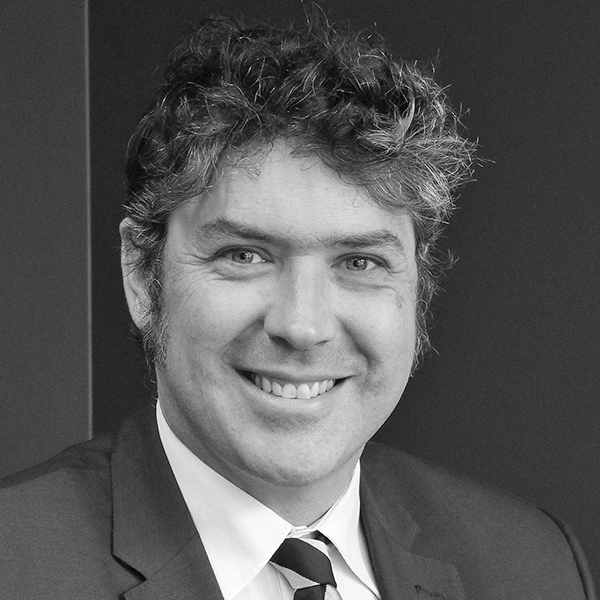
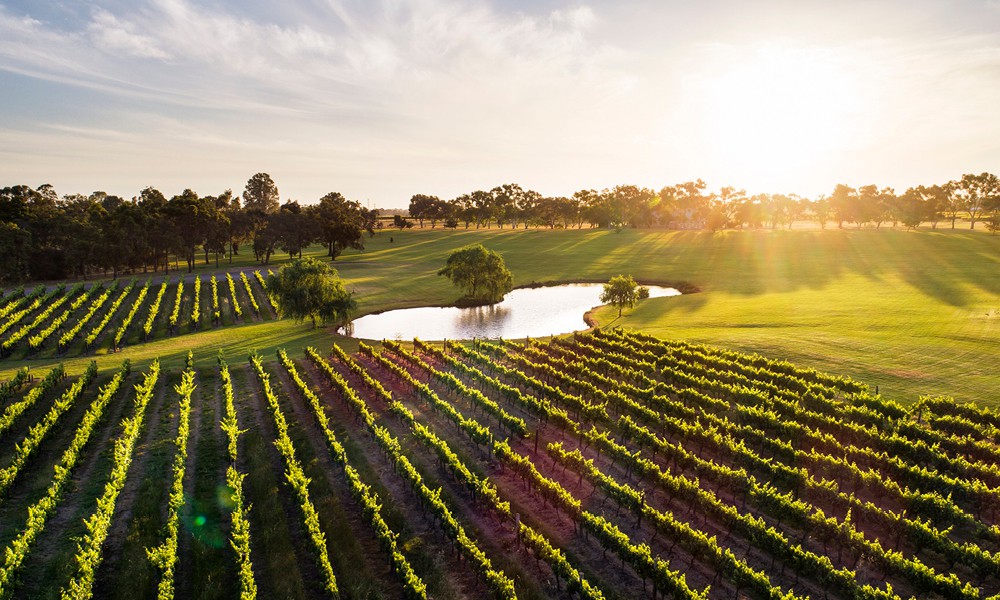
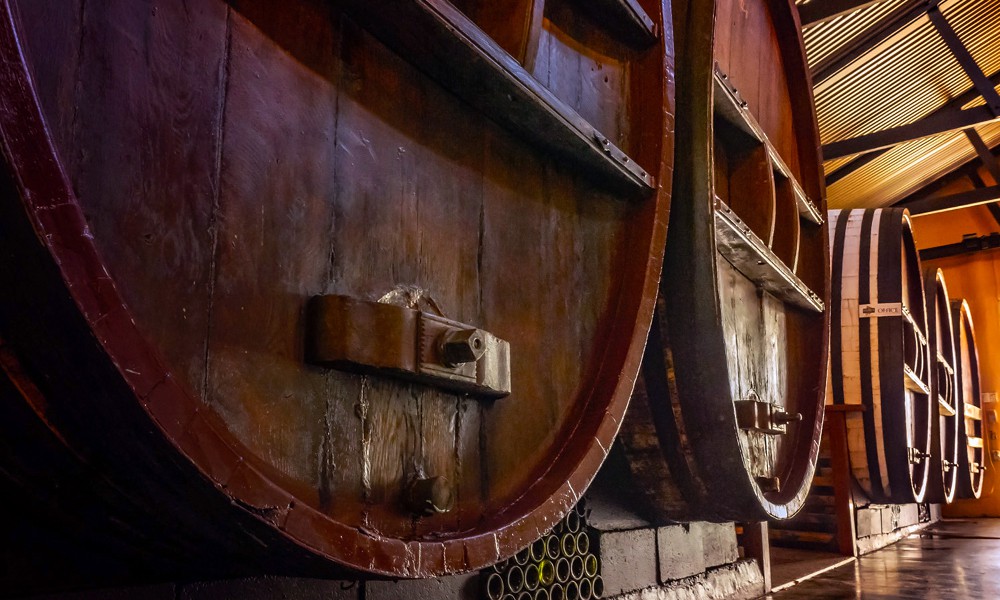
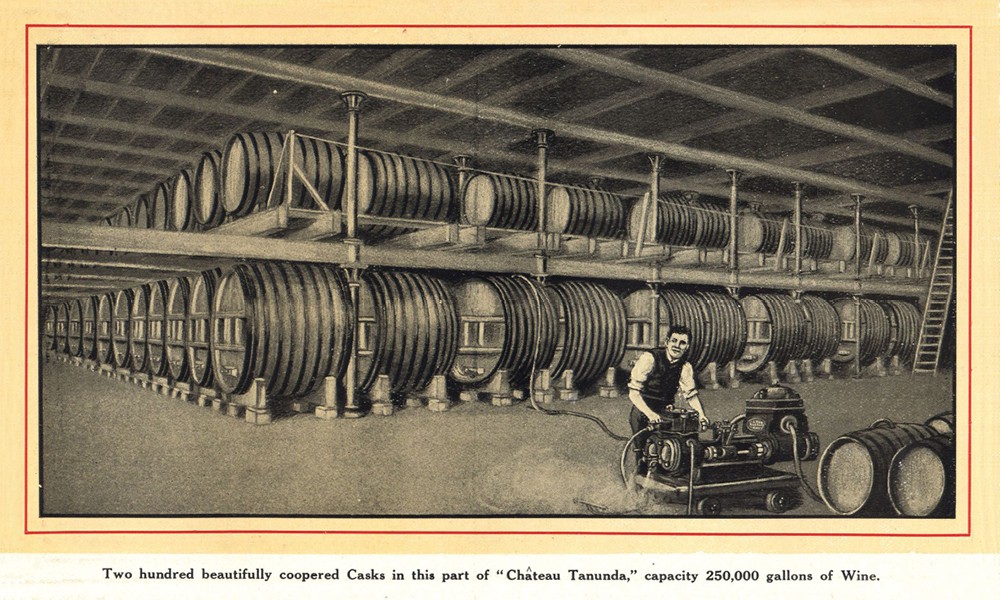
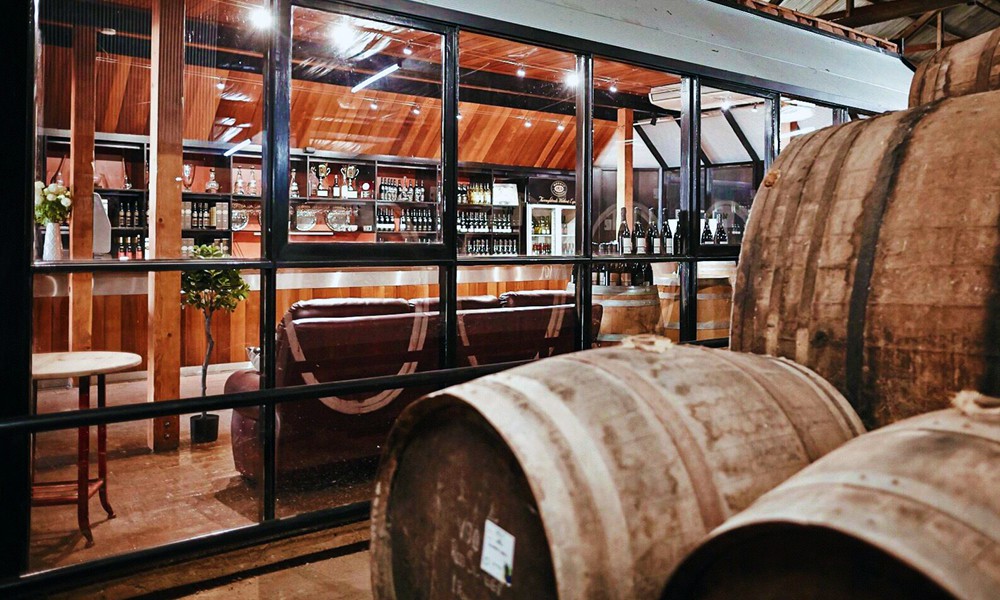
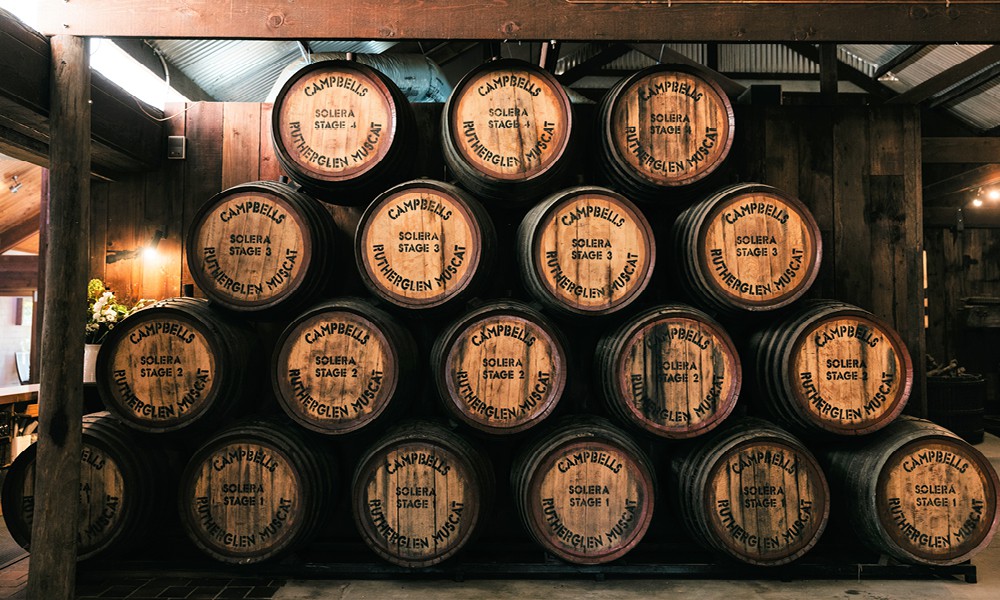
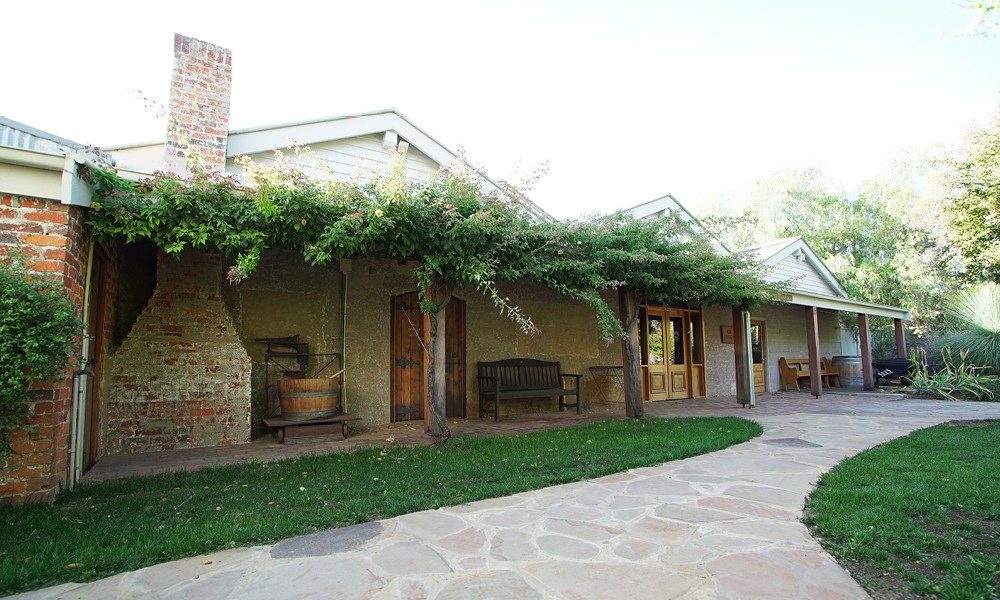
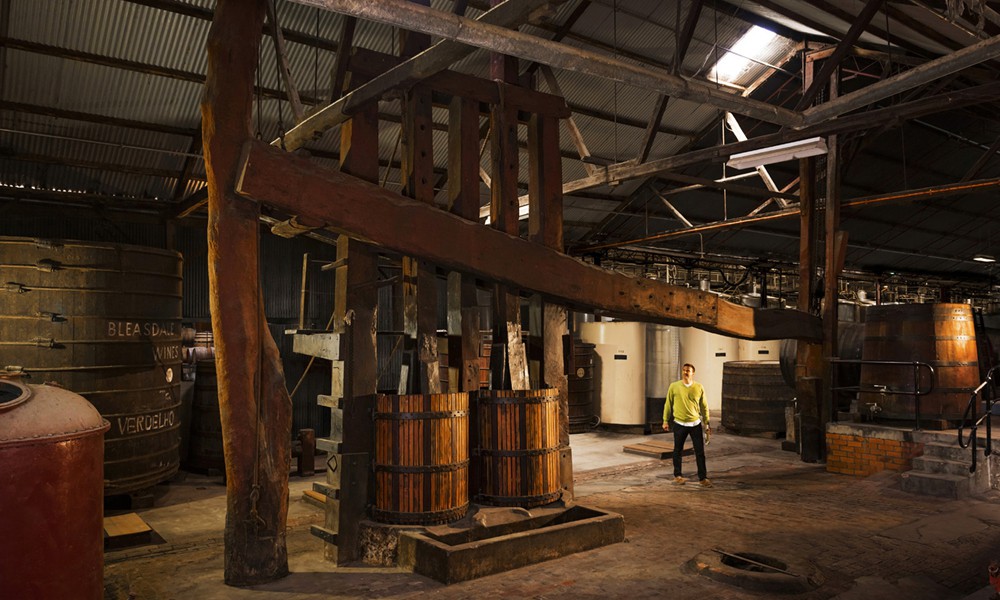
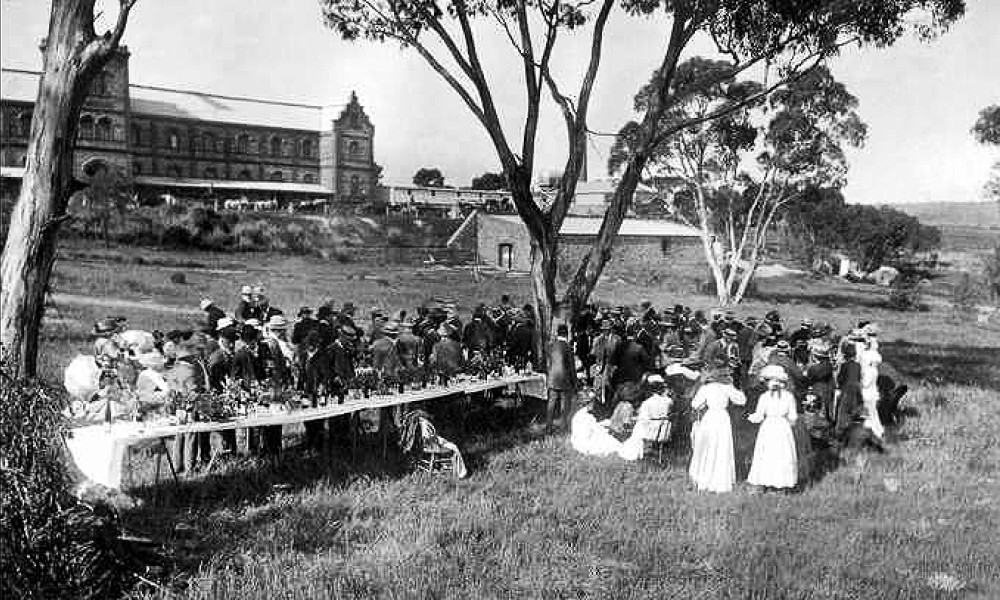
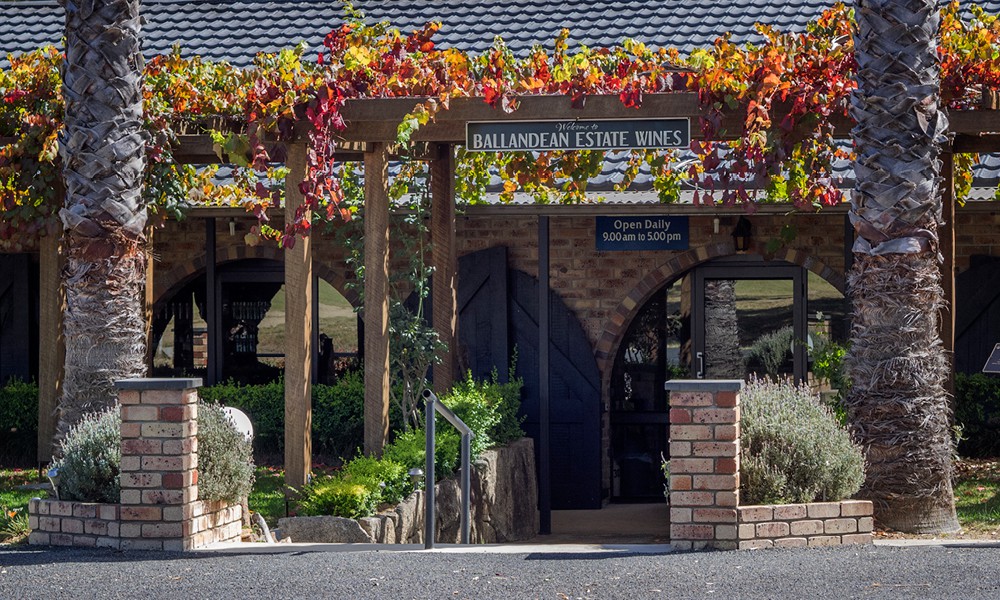
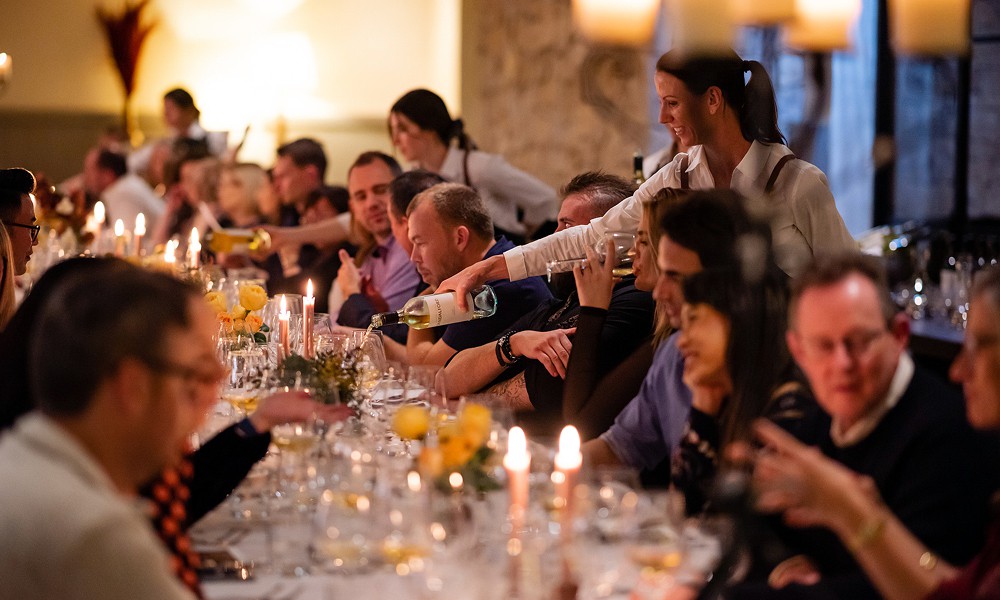
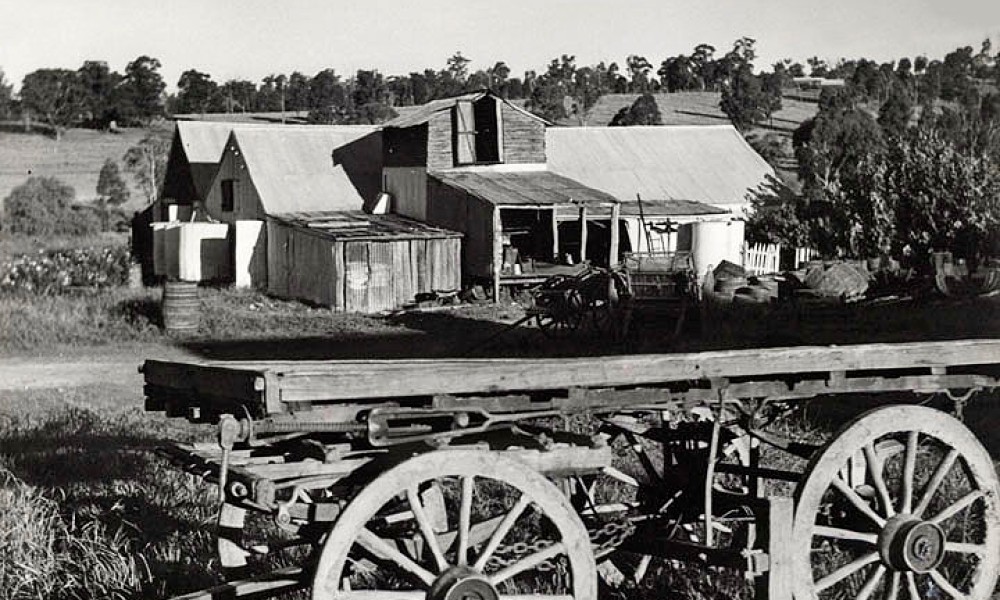
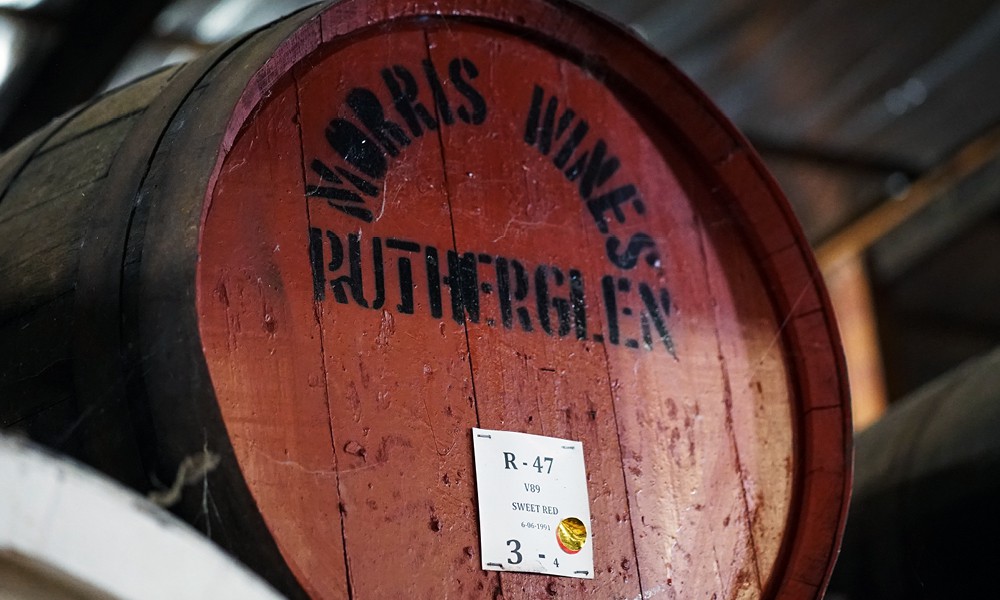
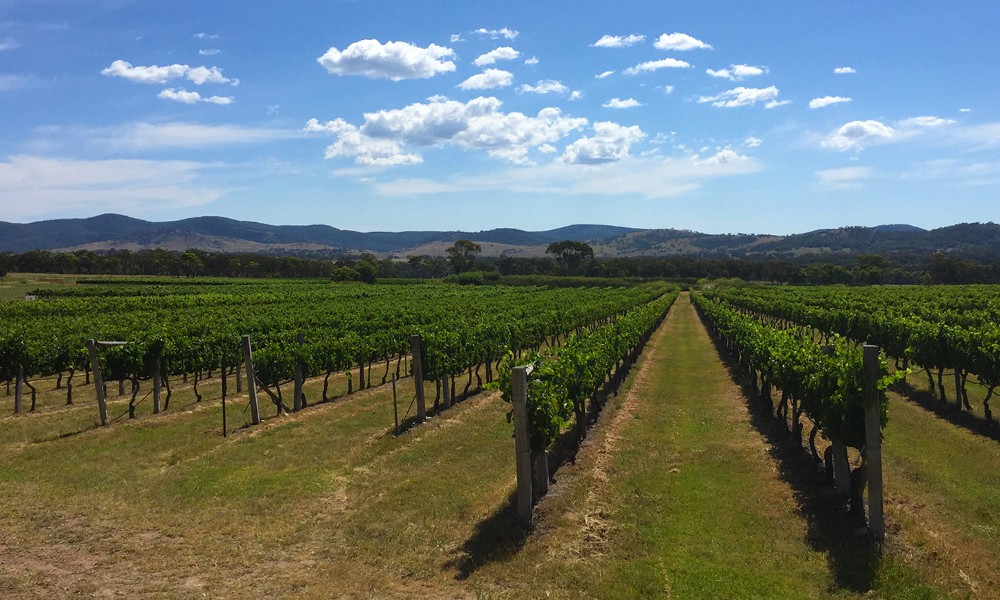
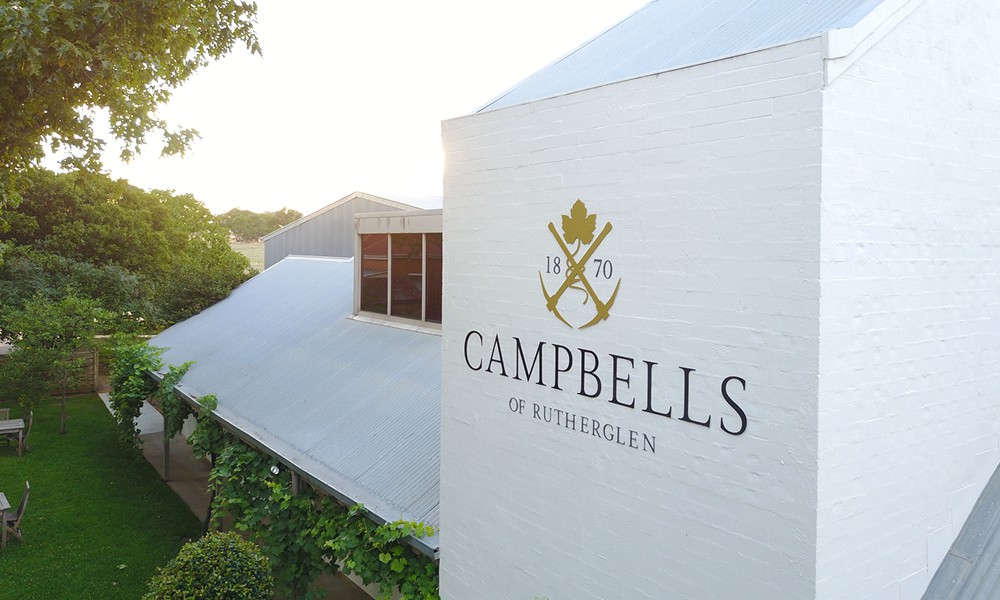
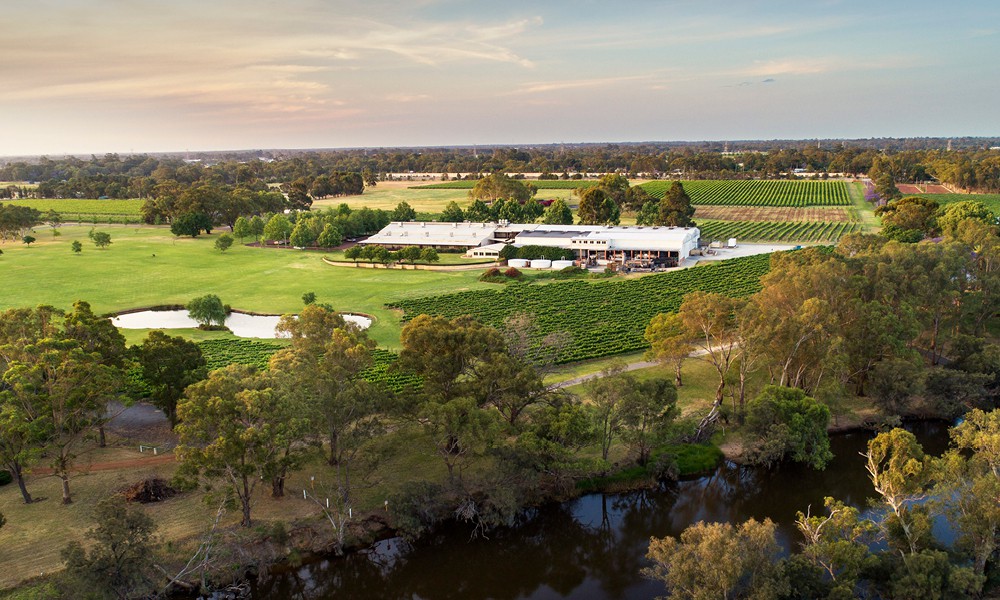


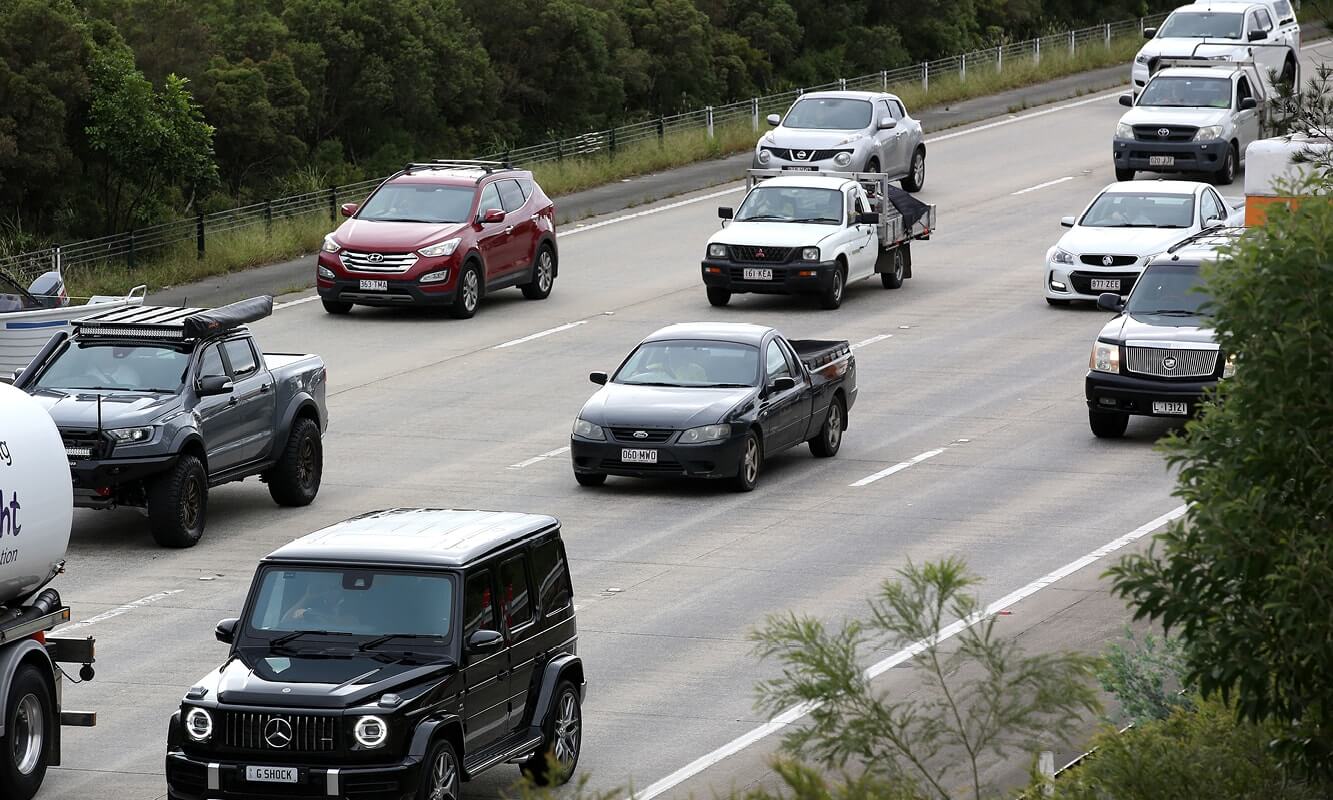
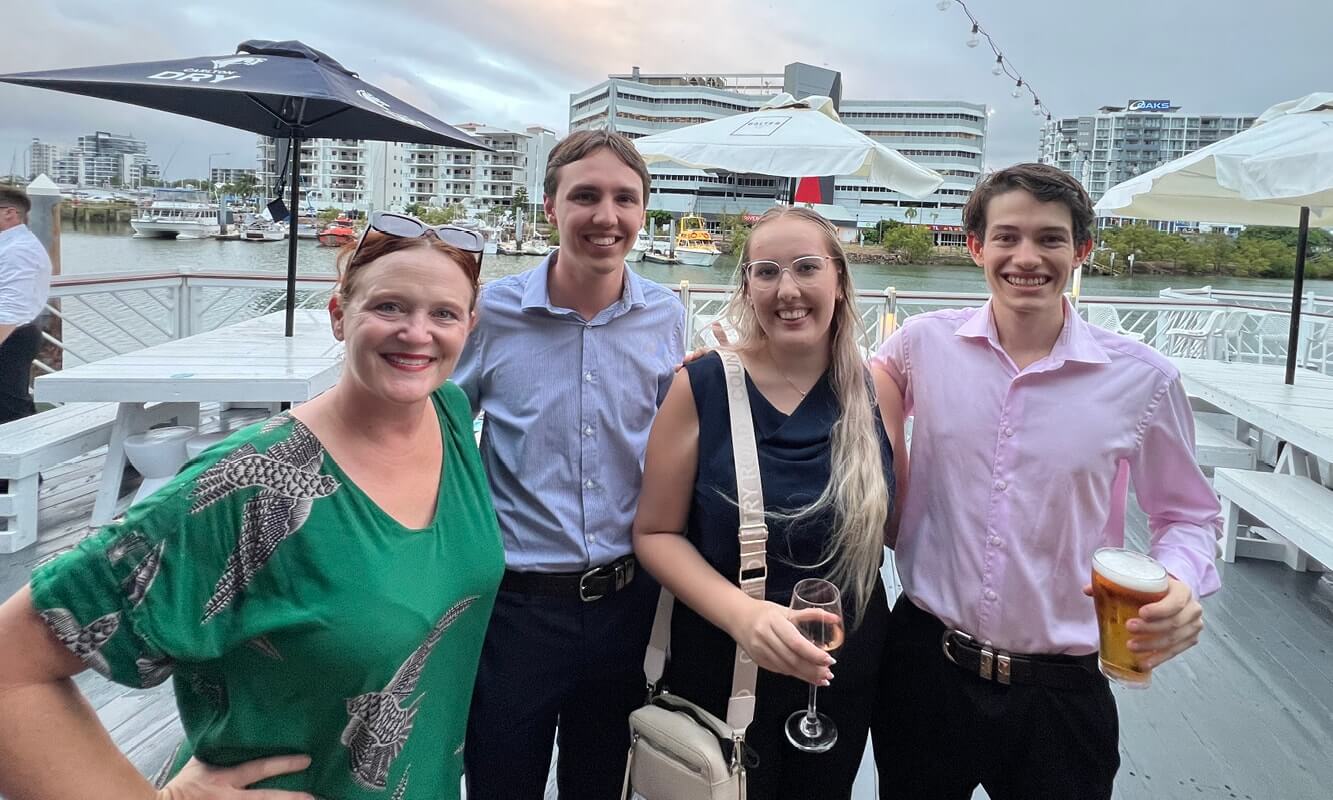

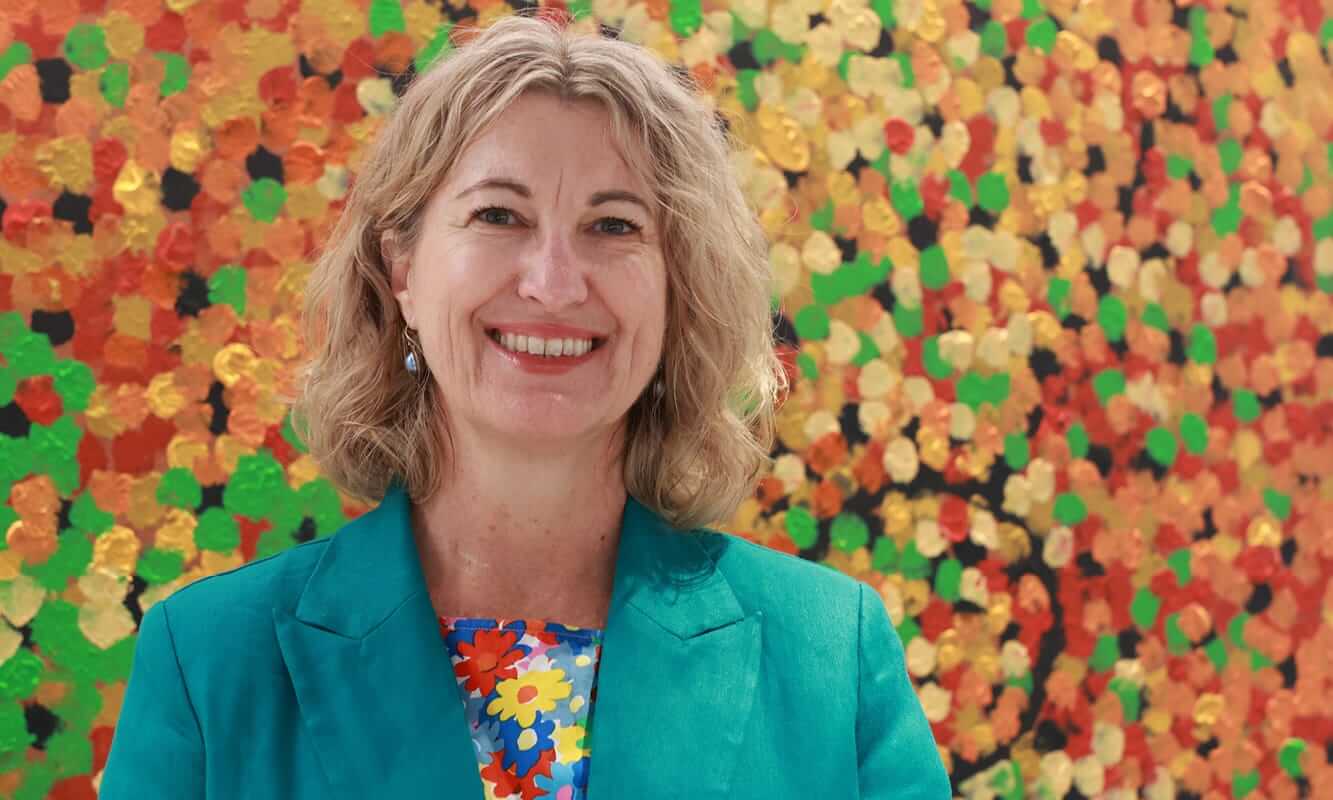
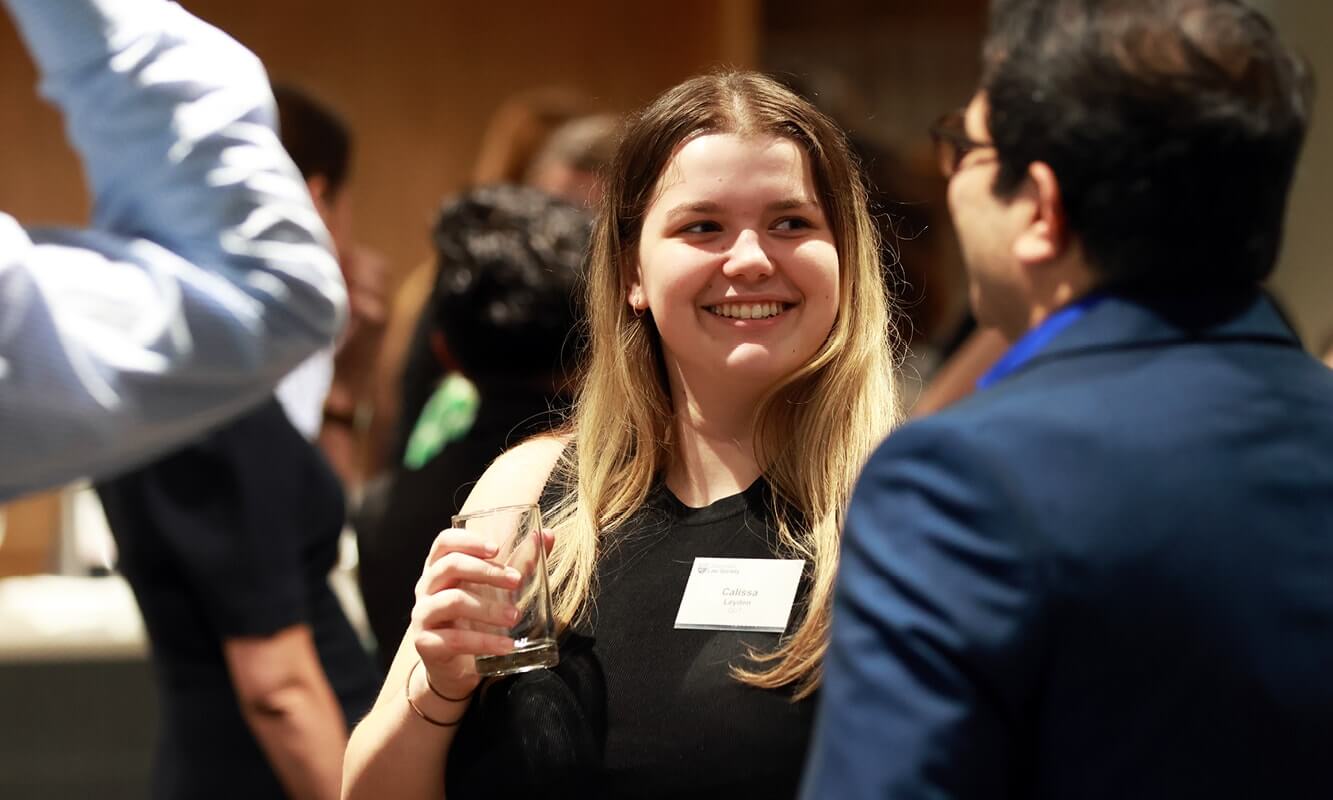
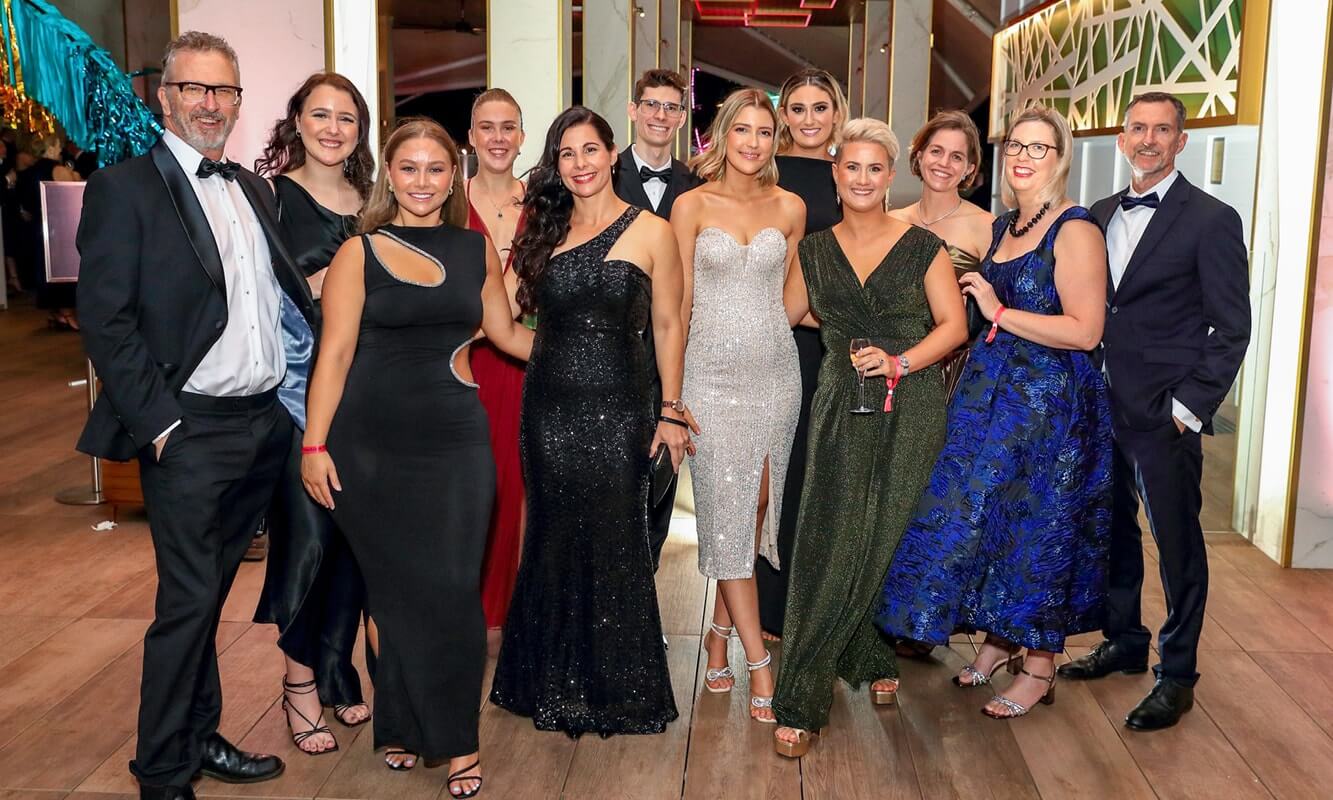

Share this article